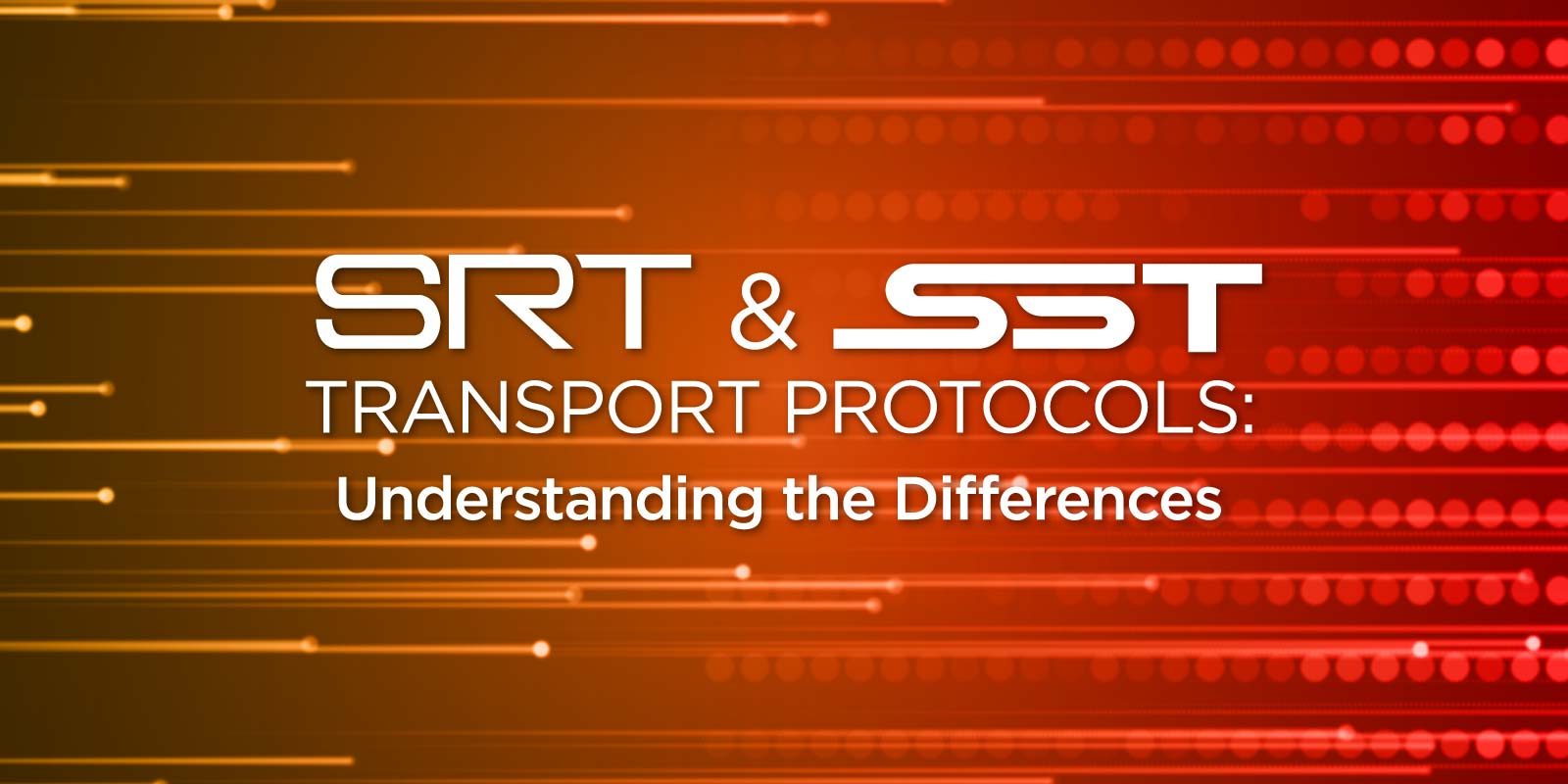SRT and SST: Answers to Frequently Asked Questions
Will SRT replace SST?
No, SRT will not replace SST. SRT and SST are fundamentally different and complementary technologies. SST is designed for streaming over bonded mobile and other types of networks using Aviwest video transmitters. SRT was designed to reliably transport video over the internet at low latency. As an open-source protocol, it can work with any SRT-compliant hardware or software. As the two protocols serve different purposes, the two will continue to exist and work side-by-side.
Will SST be included in SRT?
There is no intention to include SST in SRT or open-source SST. SST is a proprietary technology found in our mobile video transmitters that also supports SRT for interoperability. The two protocols are designed for different use cases, some of which may require both technologies.
Do SST and SRT work together?
Yes! There are lots of use cases where SST and SRT can work together. For example, our SST receiver, StreamHub, can output video in SRT for downstream interoperability with other broadcast equipment or cloud-based live production platforms. By using both protocols, broadcasters can support a wide variety of video sources and live production workflows.
What’s the benefit of SST over 5G?
SST enables bidirectional and low latency video transmission over 5G (as well as 3G and 4G), providing a reliable connection between the field and the studio. Although the need for mobile network bonding for bandwidth aggregations may be less with 5G networks, SST can ensure reliability by automatically switching to the most reliable network. SST aggregation of 5G networks can also support high bitrate video such as 4K UHD. SST can also be used to remotely control PTZ cameras and other equipment over 5G networks.
The Latest on SRT and SST
Recently we announced that Haivision has added SRT protocol support to the
Aviwest PRO, AIR, and RACK series allowing for interoperability with the complete Haivision product portfolio and other SRT-enabled solutions. SRT is also supported as outputs from the
StreamHub mobile video receiver. This allows Aviwest devices to be used alongside other Haivision broadcast technology in a wide variety of broadcast production scenarios, including multi-camera remote production, cloud contribution and distribution, and collaborative decentralized workflows.
Adding the SRT protocol alongside SST dramatically improves interoperability with live broadcast production equipment and remote production workflows that include a mix of fixed and mobile video contribution sources, especially for live sports that require both stationary and portable cameras.






